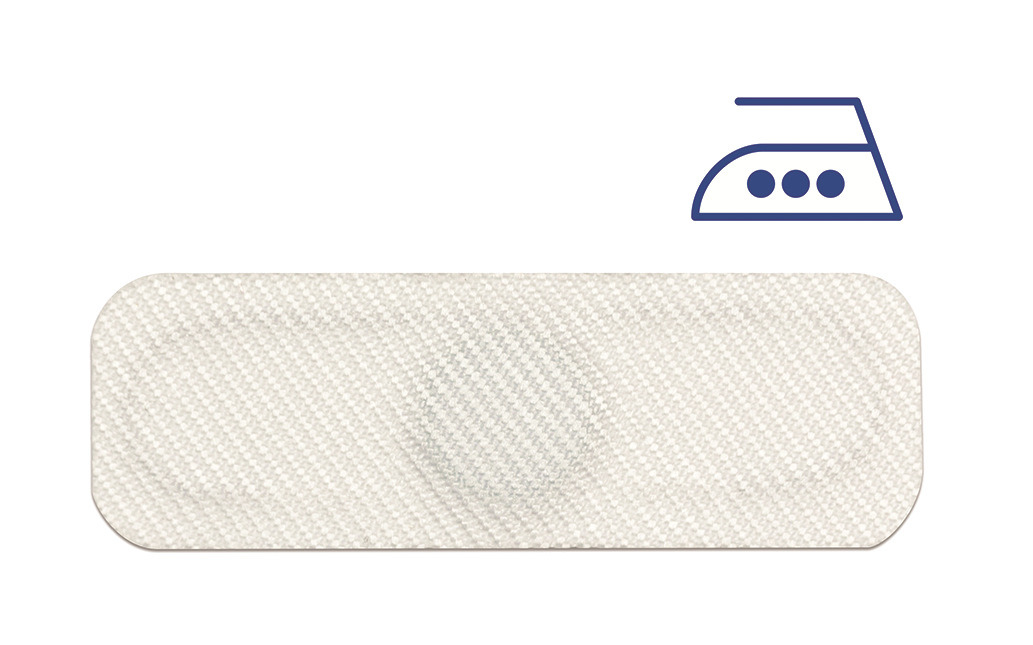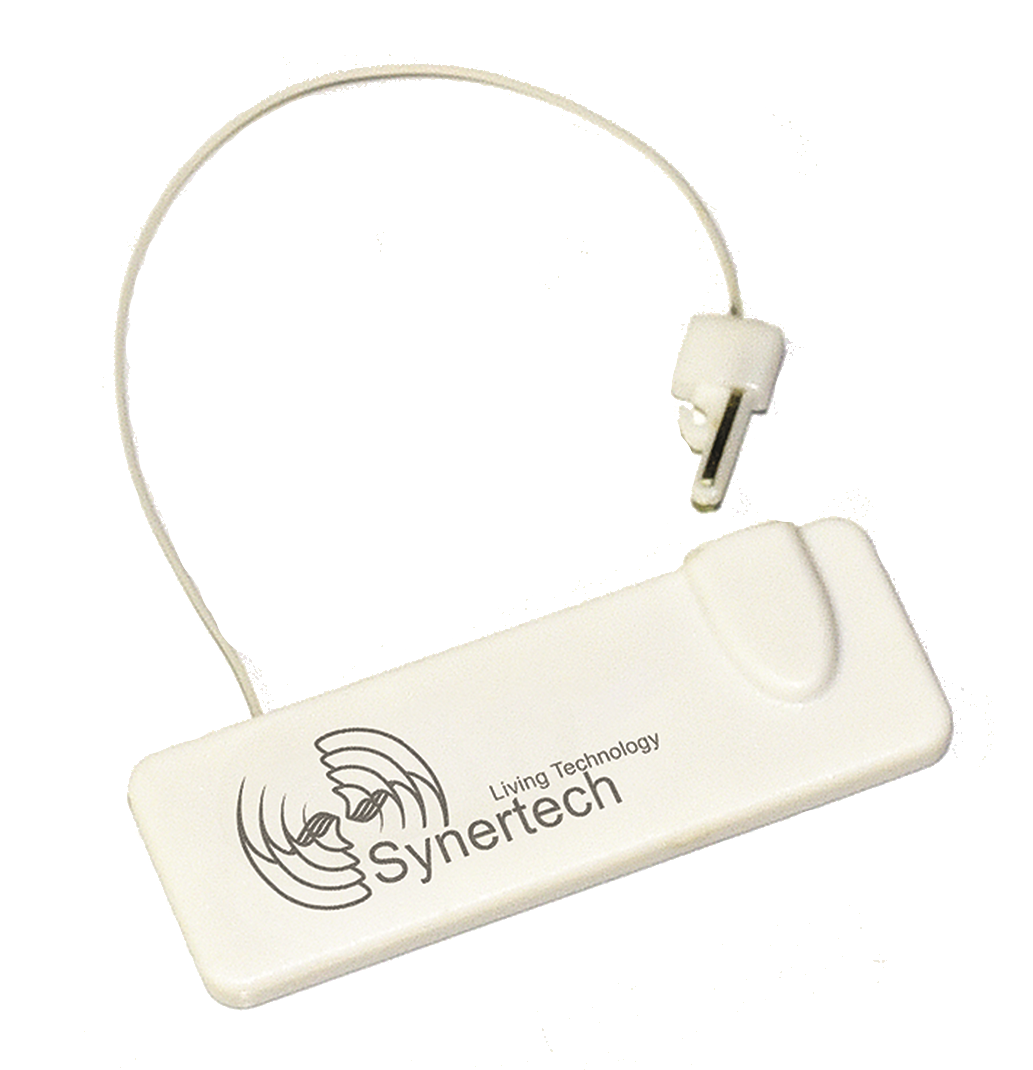Deep-Freeze RFID label for vials
These freezer-grade radio-frequency identification (RFID) labels are well suited for vials, microtubes, and cryo/freezer boxes stored in laboratory freezers (-80°C/-112°F) or transported on dry ice. Their passive UHF inlay is small and flexible, allowing the labels to adhere to flat and round surfaces. These RFID labels can be scanned within a wide radius and without a direct line of sight, ideal for real-time tracking and inventory management of valuable samples and reagents, which requires multiple tags be scanned simultaneously. Thermal-transfer RFID printers can be used to print the labels with barcodes and human-readable text, as well as encode the labels with 32 hexadecimal characters of information.
Deep-Freeze RFID Labels for Plates
These RFID labels are designed specifically to identify the sides of microplates, Petri dishes, as well as skirted/semi-skirted 96-well PCR plates. They have an integrated passive UHF inlay that can be scanned/read without needing to be in direct line of sight and an omnidirectional read range that ensures easy scanning from all angles. Offering a broad temperature resistance, from -80°C to +110°C (-112°F to +230°F), they are suitable for low temperature storage in freezers or with thermocyclers. These plate RFID labels are ideal for high-throughput screening protocols that require real-time tracking and inventory of multiple plates.
Vehicle Windscreen RFID Tag
A tag manufactured for efficient and reliable Automatic Vehicle Identification (AVI) applications based on the EPC UHF Gen2 Air Interface Protocol applicable to passive RFID solutions.
Various sizes and configurations are available with or without tamper features depending on the deployment need.
Laundry RFID Tag
A tag designed for use in laundry, uniforms, workwear and clothing applications based on the EPC UHF Gen2 Air Interface Protocol applicable to passive RFID solutions.
Various sizes and configurations are available.
Combination RFID Tag
A dual function tag, based on the EPC UHF Gen2 Air Interface Protocol applicable to passive RFID solutions, that uses the imbedded RFID chip for RFID identification with a bar code printed and human readable text on the printable top surface of the tag.
These tags are available in numerous forms and configurations with or without secure encoding.
Temperature RFID Tag
A RFID tag based on the EPC UHF Gen2 Air Interface Protocol applicable to passive RFID solutions that combines temperature monitoring capabilities ideally suited to usage applications that include fresh or frozen food, seafood, meat and poultry, dairy products, chemical products, and pharmaceutical products.
These tags have a very high temperature measurement accuracy, and are available with one or two temperature sensors.
These are battery assisted tags described as "semipassive" UHF RFID tags, and are available in a low-cost option or the costlier rugged format.
The combination of the high resolution temperature sensor, the large memory size and the standard RFID interface offers a very effective track and trace solution for cold-chain management operations.
Gun RFID Tag
A tag attached to a weapon other objects such as evidence pieces.
It can either be imbedded in predefined areas of the weapon or object or attached on the surface.
Lab RFID Tag
Tamper evident, purpose designed tags for the tracking of assets or other objects typically found in a forensic laboratory such as evidence pieces and files.
Lock RFID Tag
A specialised RFID enabled tag to “lock” a bin, door or cupboard.
These tags are also equipped with tamper evident functionality.
Man RFID Tag
Credit card type RFID enabled tags for the management of movement of personnel.
Details of such as photos, text and barcodes can be printed on the cards in black and white or colour.
Zip RFID Tag
A specialised tag that typically uses the cable tie tooth mechanism the method of attachment to items or objects.
The tags are fitted with an imbedded RFID chip for RF identification as well as flat surfaces to print barcodes/ part numbers/ logos etc. to the attachment surfaces.










